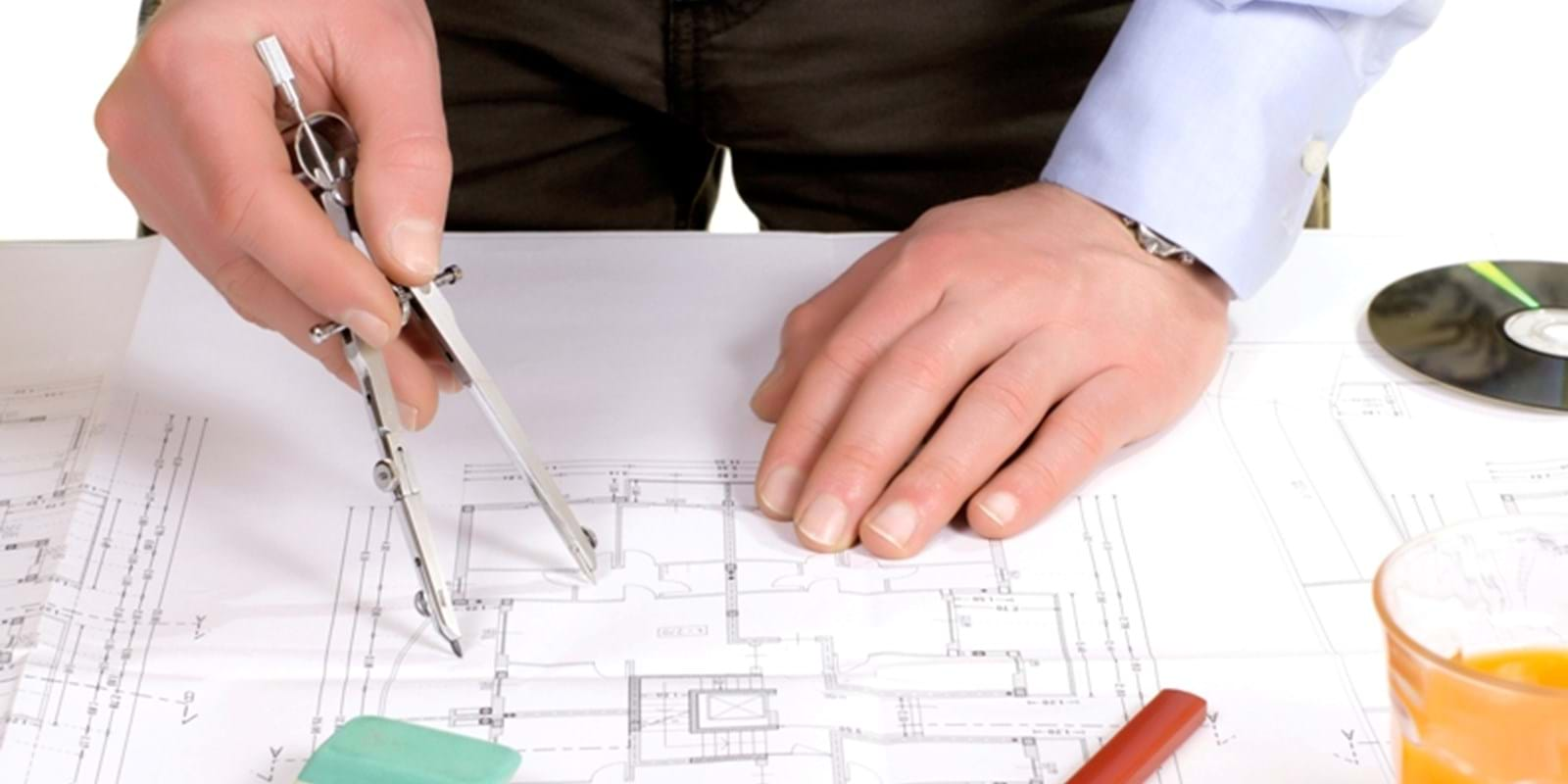What is stemming of sewage water ?
Stemming of sewage is a water return in the opposite direction of its usual flow, and it occurs when the quantity of water to be evacuated exceeds the capacity of the network to collect it. The sewerage systems are conceived to contain flows of normal intensity and above the average. To understand why Montreal faces such a situation in the summer, it is necessary to consider the characteristics of its network.
Montreal has a sewerage system which has as a function to collect waters of evacuation and to convey them at its station of purification to cleanse them and to return them to the river.
The drainage system includes:
• water coming from the streaming of the rain and melting snow
• sanitary water resulting from domestic or industrial use
For most of its network, Montreal has a sewerage system of a unitary type where rain water and the domestic water are collected by only one duct. Exceptionally, the duct may fill during precipitations of strong intensity and this can result in a stemming of the sewer, generally without consequence. In order to cure the effects of these stemmings, Chapter III - Plumbing, of the Quebec Construction Code and the local bylaws require the installation of non-return valves in the buildings and the residences.
Why is there stemming ?
Year after year, the impact of climatic changes is being felt in our environment, and our drainage system is put to a hard test with this new reality. The strong rains, of ever greater frequency, are the principal cause of stemmings, because it is at this time that the sewerage system is requested the most. All the water of the roofs (flat roofs that is) and of the garage alleys is instantaneously engulfed by the connection (the link) with the sewer, at the same time as the streaming of water in the street is absorbed by the sumps.
Here are the causes most often noticed to explain stemmings in the basements, according to the type of property:
• For a property with a flat roof, the tapping to the sewer is blocked by deposits of grease, roots or stones. It has lost its capacity of absorption, it drives back. The drains of the floor of the basement are transformed into a crest gate of overflow if they are not equipped with non-return valves.
• The rain is so intense that even the municipal sewage duct is full. There is stemming of sewage. In this case, all the returns of the plumbing appliances located in your basement, below the level of the street adjacent to the building, are likely to overflow if they are not equipped with non-return valves.
• An inadequate levelling and a bad design of the terrain can be at the source of a problem of infiltration in your basement.
Because of the diversity of possible causes, there is no simple or single solution to the problem. The characteristics of each property must be studied separately. Also, it is today impossible to circumvent considering a series of related measures, technical as well as ecological, to cure the problem in its totality.

